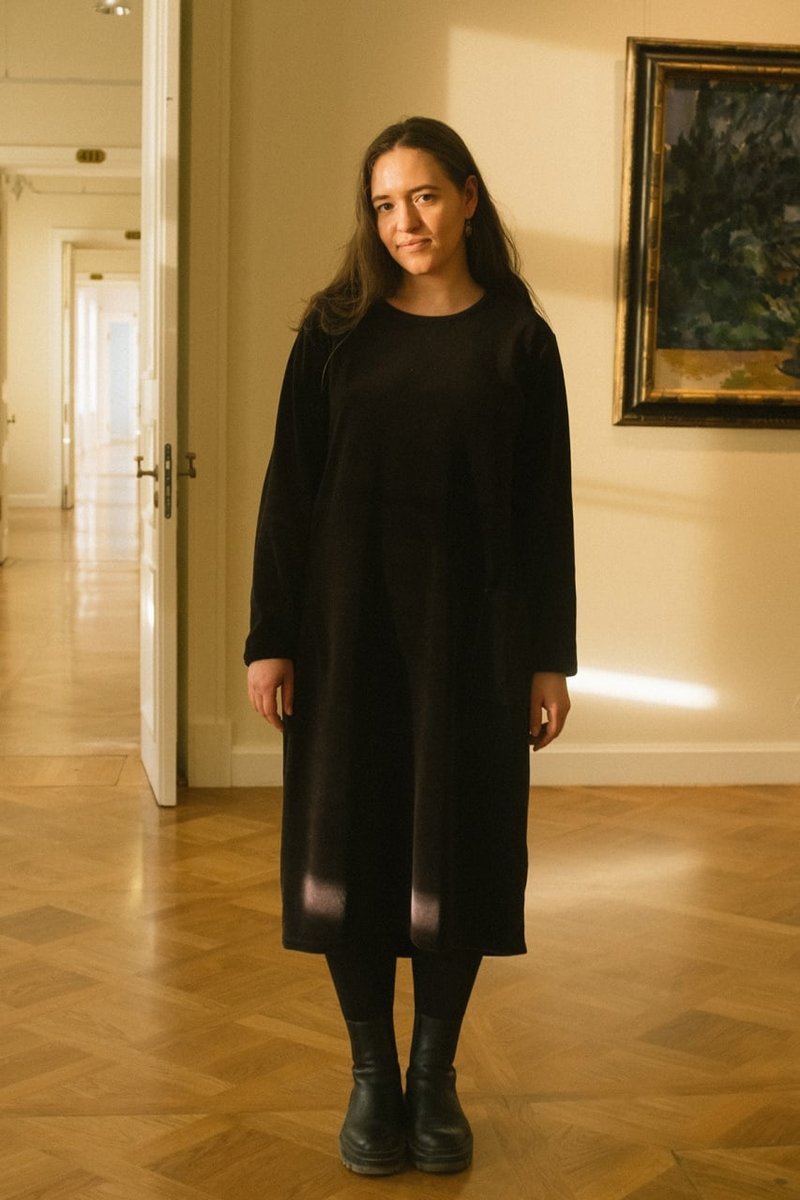Anastasiia Kharitonova

In 2021, 50 contemporary art curators, researchers, and museum professionals from 32 different countries were awarded support to attend the CIMAM 2021 Annual Conference, in-person and online.
For the first time, and thanks to the generous support of The Getty Foundation who sponsored the virtual platform, 27 grantees attended the conference online, while 23 attended onsite.
Launched in 2005, CIMAM’s Travel Grant Program is designed to foster cooperation and cultural exchange between contemporary art curators and museum directors in emerging and developing economies and their counterparts in other regions of the world.
Anastasiia Kharitonova's Conference Report
During the conference, I attended all the speakers, and absolutely every one of them seemed essential and valuable. Some museums are already reflecting on the themes of xenophobia and climate change, but not everyone has begun to implement practices to counter these phenomena in their daily activities.
I found the workshops most valuable, as we worked in small groups and had the opportunity to get to know our colleagues from different countries and their viewpoints. For example, during the workshop by Agustín Pérez Rubio, we talked about museum practices that can prevent xenophobia. During the workshop by Malgorzata Ludwisiak, we talked about what museums can do about global warming and ecological disasters. These two workshops are probably the most valuable events of the conference.
The other most important part of the conference was also networking, both during the designated time and just between presentations and during the day. I met many foreign colleagues, some of whom I very much hope will keep professional contacts and do joint projects with in the future.
As a museum educator, it was vital for me to see the collections of Polish museums. The Museum of Art in Lodz was a great discovery. I knew about many of the works in its collection before coming to Poland, but I had no idea they were localized in Lodz. These are indeed some of the key works representing Polish art. For example, the graduation work by Miroslaw Balka, one of the most famous contemporary Polish sculptors, is located in this very museum, although he graduated from the Academy of Fine Arts in Warsaw. Or, for example, the sculptural figure from Tadeusz Kantor's play "The Dead Class" premiered in Krakow in 1975. And another: the museum holds an archive of several hundred of Beuys' works and documents, which the artist himself donated. These and many other works have made the museum an incredible and extensive collection of modern art and have made Lodz an exciting and essential locale on the Polish cultural map.
From now on, in my work, I will definitely use the experience I gained at the conference, both from theoretical knowledge and from my understanding of Polish art and the contacts I made during my stay in Poland. I consider the conference an important step towards international museums and more comprehensive cultural cooperation. For several days specialists from all over the world gather in one country and discuss important issues. One can only hope that Russia will soon become a host country for the conference and unite museum professionals in its museums. See you soon, and I hope to continue our cooperation.